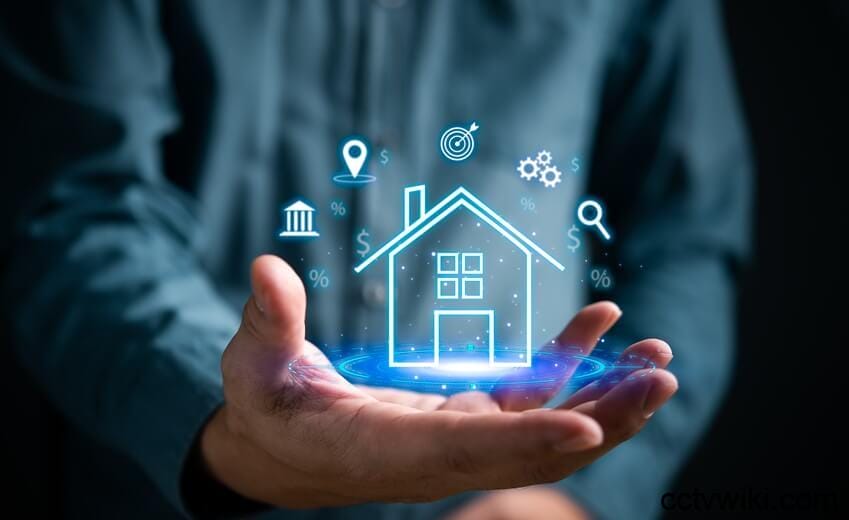Smart Homes, Smarter Growth: Asia Pacific Leads the Home Automation Revolution
Imagine controlling your home’s security, lighting, and entertainment systems from anywhere in the world with a simple tap on your smartphone. This isn’t a futuristic fantasy, it’s the reality of home automation, and it’s rapidly transforming how we live. According to a new report from MarketsandMarkets, the global home automation systems market is booming, projected to reach $66.45 billion by 2029, with an impressive annual growth rate of 4.8 percent.
What’s driving this surge in smart homes? Experts point to several key factors: the increasing need for remote home monitoring, the demand for energy-efficient solutions, the widespread adoption of smartphones, and a growing awareness of the safety and convenience that home automation offers.
Asia Pacific: A Hotspot for Home Automation
While North America currently leads the global market, the Asia Pacific region is quickly catching up. In 2023, Asia Pacific accounted for approximately 30 percent of the global home automation systems market. Countries like Japan, South Korea, and China are experiencing significant demand, particularly for control devices related to lighting and entertainment.
South Korea, in particular, is emerging as a major player, driven by a strong appetite for cutting-edge technology. Chinese market is the largest in the region, holding approximately 10 percent of the Asia Pacific market. China’s commitment to energy efficiency and rapid urbanization are fueling the demand for smart home solutions. Meanwhile, South Korea is at the forefront of smart appliance innovation, with industry giants like LG Electronics and Samsung Electronics leading the charge. High internet penetration in Japanese households is also a key factor propelling market growth.
The Asia Pacific region’s robust economic growth, rising population, and rapid urbanization create a fertile ground for home automation. Technological advancements in Japan and South Korea further solidify the region’s position. Looking ahead, China is expected to experience the highest growth rate in the region, driven by increasing automation demand for both new and existing residential projects.
Economic Winds and Luxury Living
Despite economic headwinds, including a slight deflation in 2023, China’s government is actively working to stimulate consumption and support the property market. While consumer confidence remains a factor, policy measures such as easing mortgage rates are expected to boost growth. Meanwhile, other countries in the region, including Japan, South Korea, Australia, Indonesia, and New Zealand, are experiencing improved growth forecasts.
Adding to the excitement, Knight Frank’s Prime International Residential Index (PIRI) reports that the Asia Pacific luxury residential market is thriving, surpassing other regions with a remarkable 3.8 percent increase.
The Rise of AI-Powered Smart Homes
At the heart of every smart home lies a specific technology, whether wired or wireless, that connects and controls various devices. These systems can be managed on-premises or remotely via the cloud. The supply chain for home automation systems is diverse, ranging from mass-produced DIY kits to custom-designed luxury installations.
But the real game-changer is the integration of Artificial Intelligence (AI). AI is taking home automation beyond basic programmable functions, delivering personalized, predictive, and self-optimizing environments. AI algorithms can learn from our behavior, adjusting lighting, climate, and security based on our habits.
Imagine a smart thermostat that learns your preferred temperature and adjusts automatically, saving energy without you even lifting a finger. Or an AI-driven lighting system that senses your mood and activity, creating the perfect ambiance while optimizing energy use.
AI’s ability to integrate with virtual assistants like Alexa and Google Assistant creates a seamless, voice-controlled experience. Moreover, AI-driven insights can detect anomalies in energy consumption or appliance health, allowing you to address potential problems before they escalate.
Predictive analytics powered by AI are also revolutionizing home safety and maintenance. AI can analyze data from connected devices to predict failures, such as detecting fluctuations in water heater temperatures. For security, AI enhances surveillance systems with facial recognition, motion detection, and behavioral pattern analysis, providing real-time alerts and proactive protection.
In conclusion, AI is not just simplifying routine tasks, it’s creating a more intuitive, adaptive, and efficient living environment that enhances both comfort and security in our homes. The future of home automation is here, and it’s intelligent, connected, and tailored to our individual needs.

